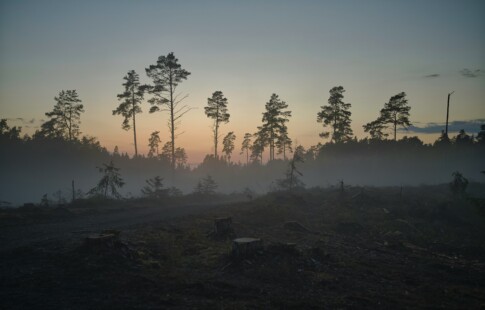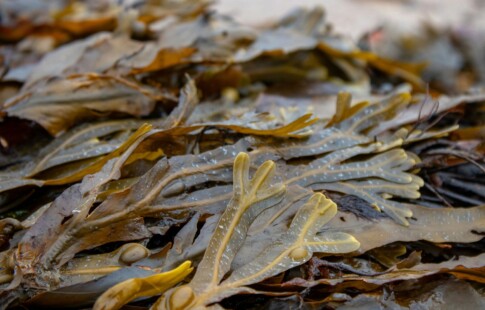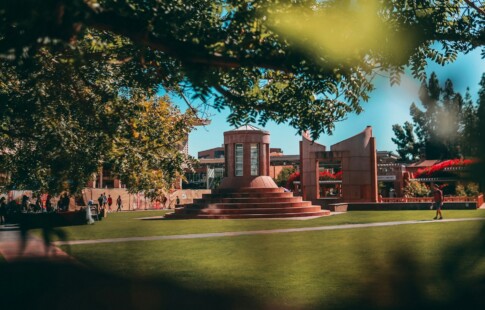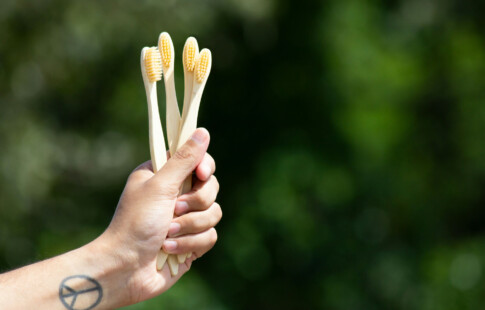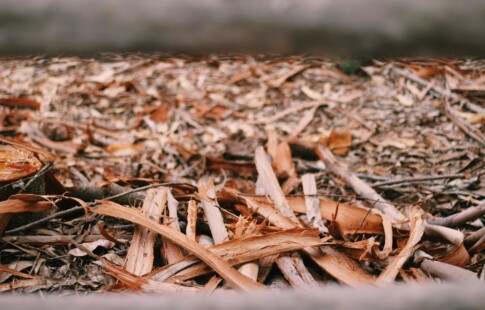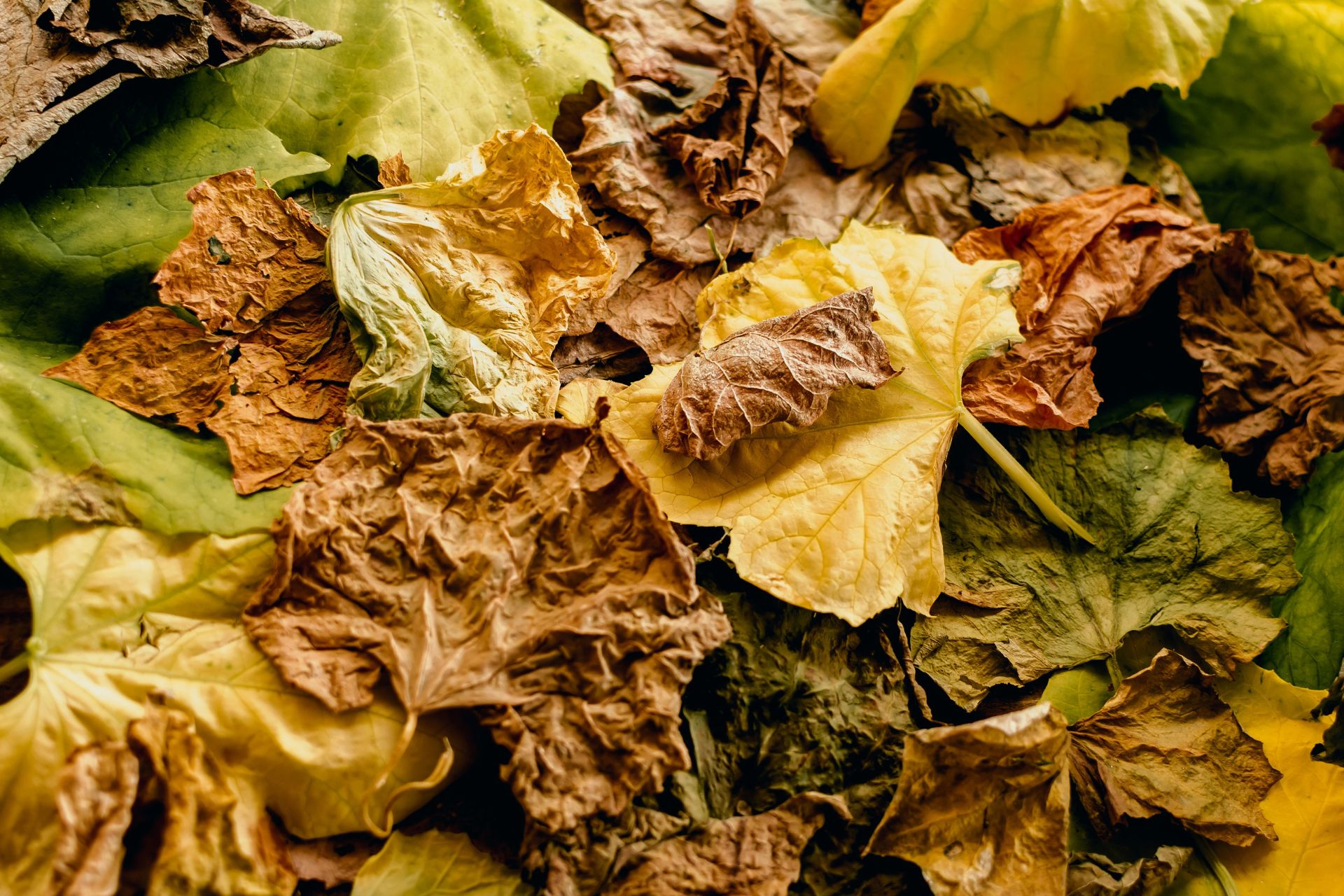
How to Compost Leaves: A Practical Guide for Eco-Friendly Gardens
We are reader-supported. When you buy through links on our site, we may earn affiliate commission.
Every Fall, neighborhood yards fill up with crisp autumn leaves. It’s a beautiful sight, but you must eventually clear them to keep your lawn healthy. Traditionally, these leaves end up in plastic bags where they’re hauled off to landfills, releasing methane gases and contributing to greenhouse gas (GHG) emissions as they decompose.
A better alternative would be to learn how to compost leaves. You already gather them into piles around your yard, so why not put them to good use and create a nutrient-rich soil that feeds your garden? Of course, composting requires a correct way of doing it, but it’s easily doable in a few simple steps.
The Science Behind Leaf Composting
Many people may dread fallen leaves because raking them up is a chore, but they make a great ingredient for compost. Leaves are rich in carbon, making them a good material for balancing out the nitrogen-heavy “green” materials.
The carbon-to-nitrogen ratio is essential to making compost effective. Scientists recommend a ratio of about 30:1 for best results. When balanced properly, this ratio creates the perfect environment for microbes to break everything down into usable compost.
During decomposition, fungi and bacteria digest tough fibers in the leaves. This process turns yard waste into dark, crumbly soil that nourishes your garden.
What Are the Environmental and Ecological Benefits of Composting Leaves?
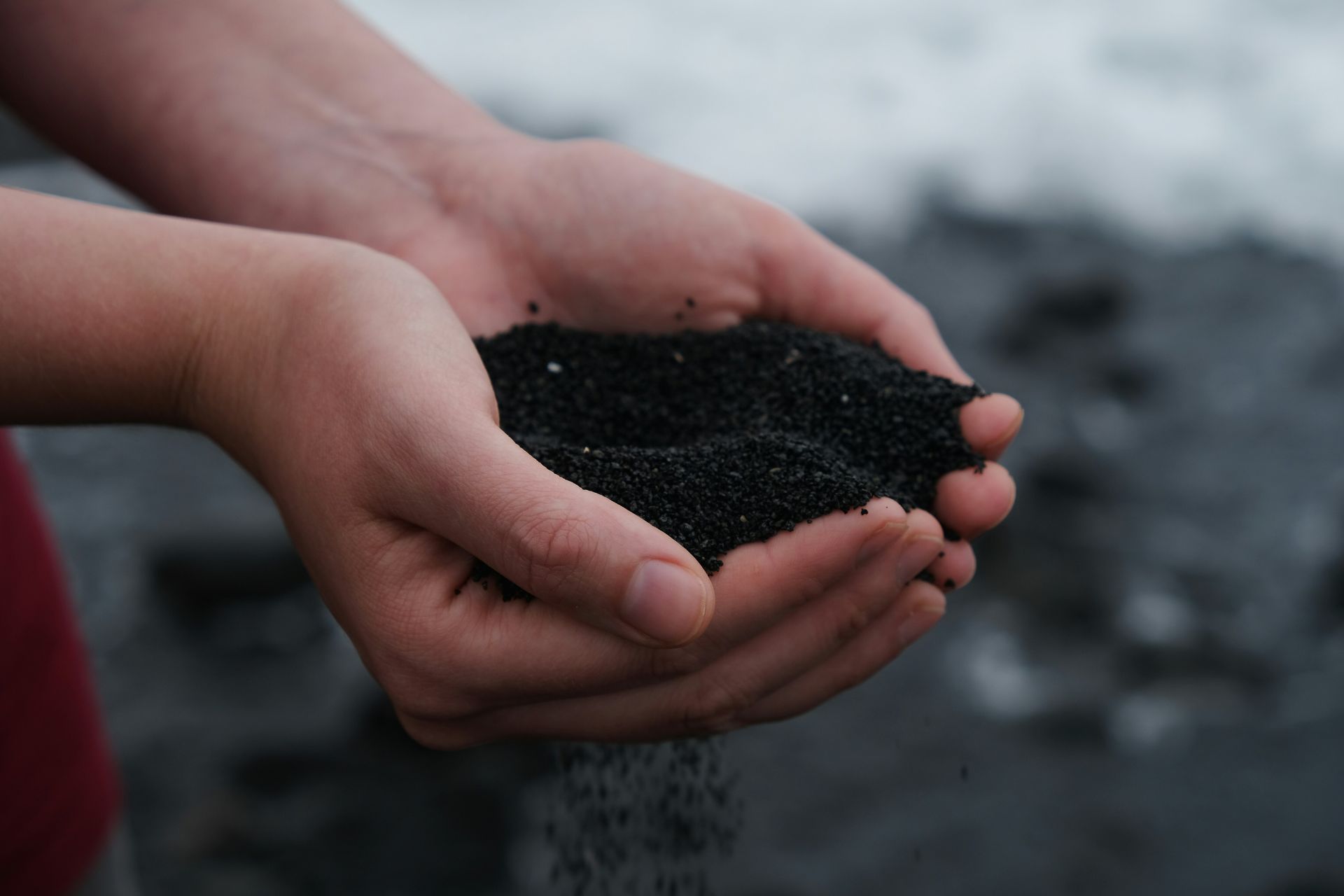
Composting leaves is a small but helpful climate action that keeps organic material out of landfills. In the United States, organic matter accounts for roughly 33.7% of total landfill mass. By composting leaves at home, gardeners create opportunities for the following environmental benefits:
- Reduces methane emissions: Composting avoids the methane-producing anaerobic decay in landfills.
- Improves soil health and structure: The resulting compost enriches soil with organic matter and nutrients like nitrogen, phosphorus and potassium. This supports microbial growth, enhances water retention and reduces erosion.
- Supports local nutrient cycles and biodiversity: Composting creates a cycle, encouraging beneficial microbes, earthworms and insects that sustain soil life and plant health.
- Lowers waste and carbon pollution: The EPA estimates American households generate 35.4 million tons of yard trimmings, contributing 12.1% of municipal solid waste. Composting these materials straightens waste streams, cuts hauling and processing emissions and builds greener communities.
Step-by-Step Guide: How to Compost Leaves
Composting leaves is easy. With a few key steps, you can turn those backyard piles into food for your plants.
1. Collect and Prepare the Leaves
The best time to start composting is in early Fall. The official dates for when the Autumn equinox begins are around September 22nd or 23rd, when trees start shedding their colorful canopy. At this time, you can grab your rake and a leaf blower to gather fallen leaves from your yard and garden beds. However, it’s better to avoid collecting leaves treated with pesticides or gathered near roadsides, as they contain pollutants that contaminate the soil.
Before adding leaves to the compost, shred or chop them into smaller pieces. This increases the surface area and speeds up decomposition. You can run over them with a lawn mower or use a leaf shredder. Once prepared, your leaves are ready to become healthy compost.
2. Build or Choose a Composting System
Once you’ve gathered the leaves, the next step is to decide where to break them down. This step is imperative to more effectively manage space, airflow and moisture.
If you have limited space or want a tidier option, compost bins and tumblers are great choices. Stationary bins contain the pile and retain heat, while tumblers make turning your compost easy and mess-free.
Open three-bin systems allow homeowners with larger yards to move compost in stages. Whatever setup you choose, be sure to place it in an area with good drainage, air circulation and partial sunlight to speed things along.
3. Layer With Greens
Make it easier for leaves to break down by adding nitrogen or green materials. This will keep the composting process going, but you must alternate the layers of dry, shredded leaves with moist ingredients like fruit and veggie scraps, grass clippings, coffee grounds or garden trimmings.
Think of this step as making a lasagna where you layer browns and greens to keep things balanced. Too many leaves can stall decomposition, while too many greens lead to a smelly, soggy pile. Use the recommended carbon-to-nitrogen ratio to create the perfect mix for microbes.
4. Maintain the Pile
Once your compost pile is lush and layered, regular maintenance is the key to keeping it working efficiently. About every two to three weeks, give the pile a good turn using a pitchfork or shovel. This aerates the materials, introduces oxygen and prevents the pile from becoming compacted and smelly.
Moisture is also important — your compost should feel like a wrung-out sponge. If it’s too dry, add some water or moist greens. If it’s too wet, mix in more dry leaves or cardboard to soak up the excess. During colder months, consider insulating the pile with a tarp or straw to retain warmth in the winter. With a little attention, your leaf compost will stay active and healthy year-round.
5. Wait and Harvest
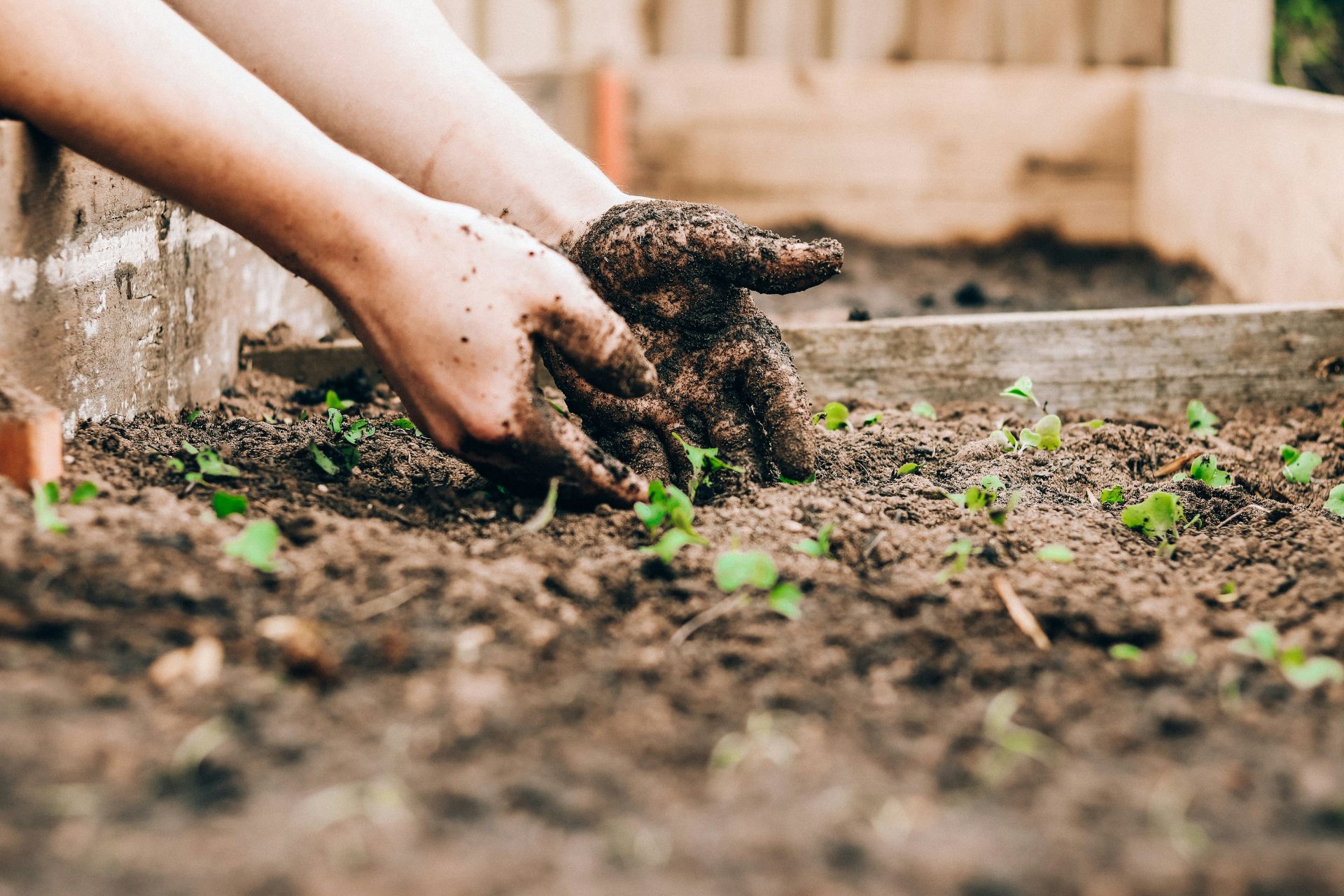
After all your careful layering and turning, the final is the easiest — give nature time to do its thing. Depending on the size of your pile, the materials used, and how often you turn it, leaf compost can take a few months to around three years to fully break down.
You’ll know it’s ready when the pile shrinks noticeably and turns into a dark material with an earthy smell. At that point, you can sift out any large pieces and return them to the pile. You can then mix the rest of the compost pile into garden beds, spread over lawns or as a nourishing top layer for houseplants and shrubs.
Turning a Seasonal Problem Into a Sustainable Solution
Fallen leaves can be one of nature’s most helpful resources. Learning how to compost leaves transforms seasonal yard waste, creating enriching soil and supporting a healthier planet. Follow the few simple steps to create a nutrient-filled compost pile that keeps your garden growing more lusciously each year.
FAQs for Leaf Composting
Can I Compound Wet or Moldy Leaves?
You can compost wet leaves, but you should mix them with dry materials to prevent matting and poor airflow. Moldy leaves are also generally safe to compost, as mold is part of the natural decomposition process. Yet, if the leaves are extremely slimy and smelly, it’s best to discard them.
Do I Need a Compost Bin?
While compact bins contain the pile and keep things tidy, they aren’t essential. A simple heap in a backyard corner can also break down leaves.
Can I Compost With Pine Needles or Evergreen Trimmings?
Yes, but in moderation. Pine needles and evergreen trimmings slowly break down and can be more acidic. Shred them if possible, and mix them with faster-decomposing leaves and greens to maintain balance in the pile.
Share on
Like what you read? Join other Environment.co readers!
Get the latest updates on our planet by subscribing to the Environment.co newsletter!
About the author

Jane Marsh
Starting from an early age, Jane Marsh loved all animals and became a budding environmentalist. Now, Jane works as the Editor-in-Chief of Environment.co where she covers topics related to climate policy, renewable energy, the food industry, and more.
